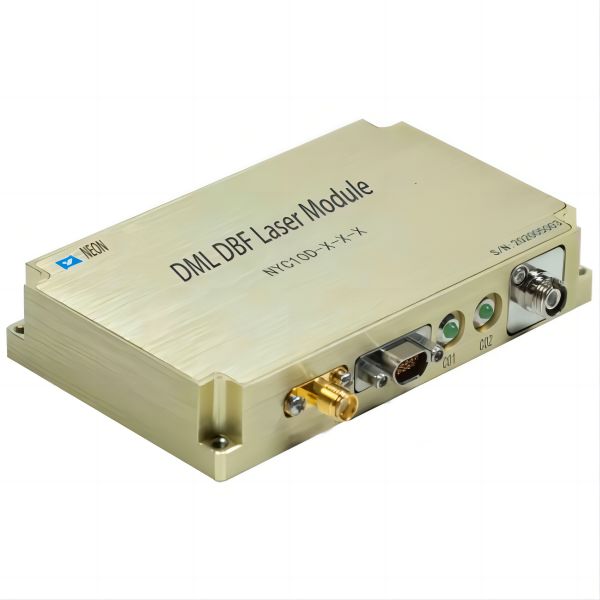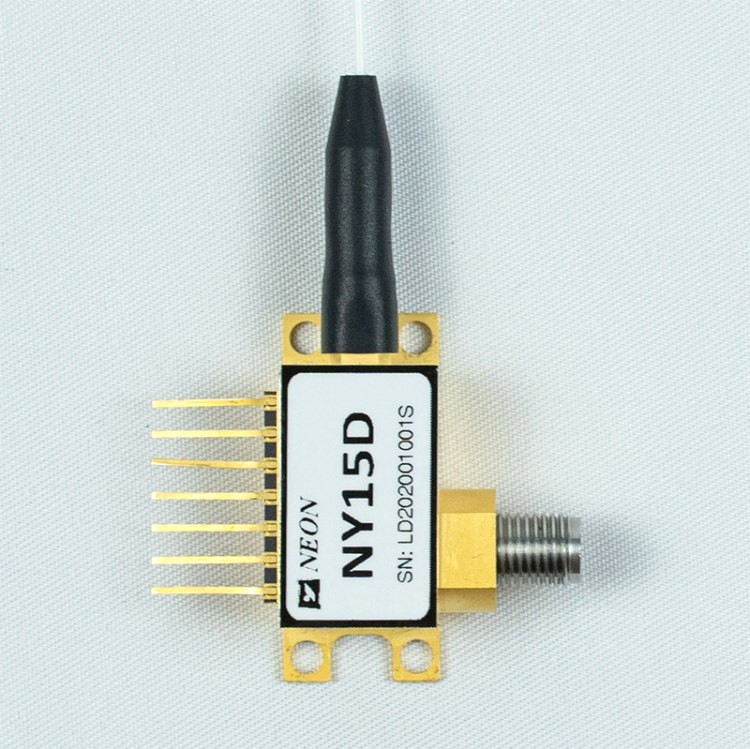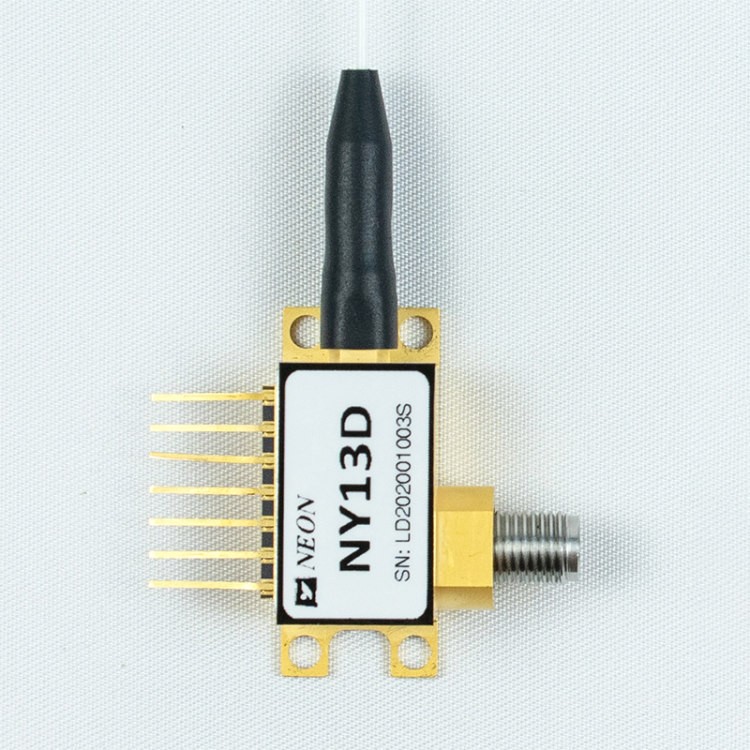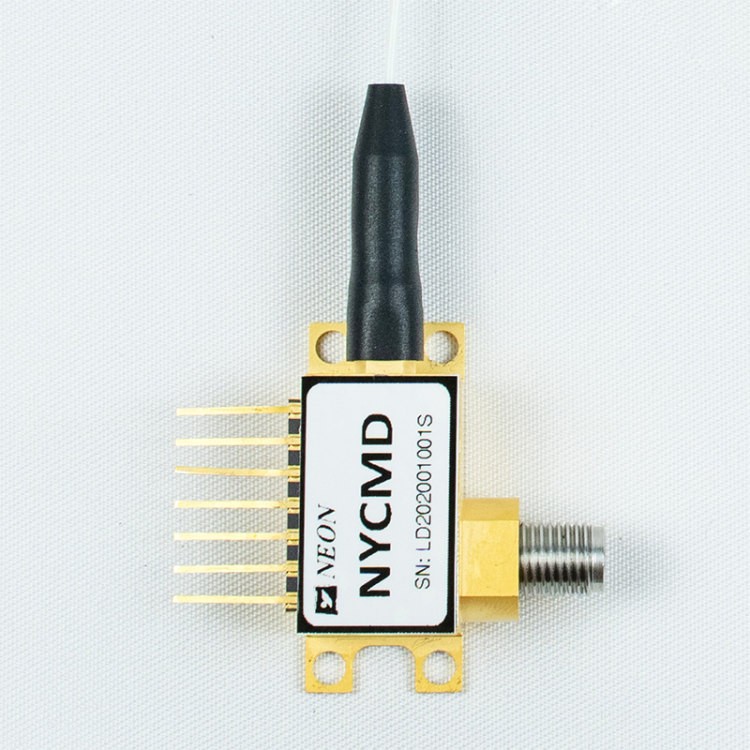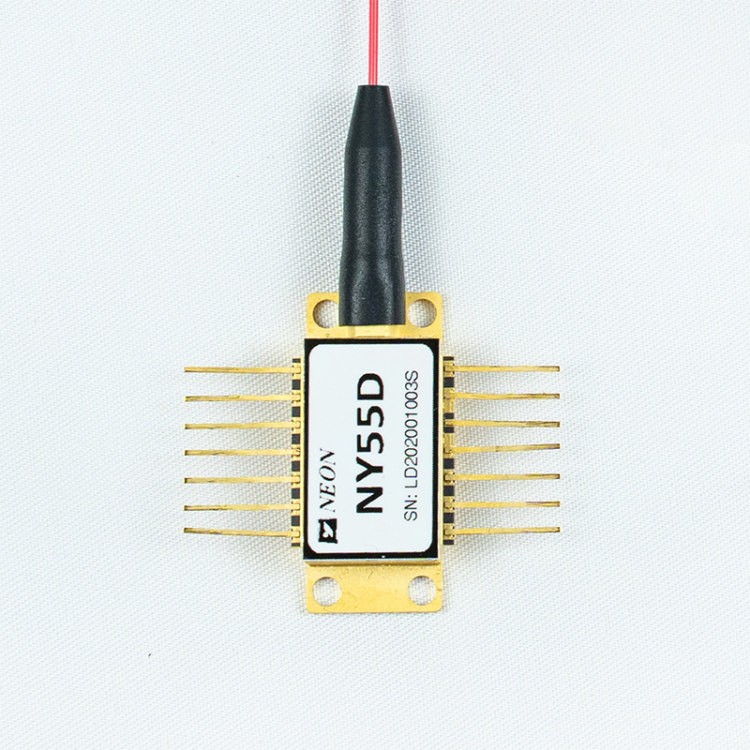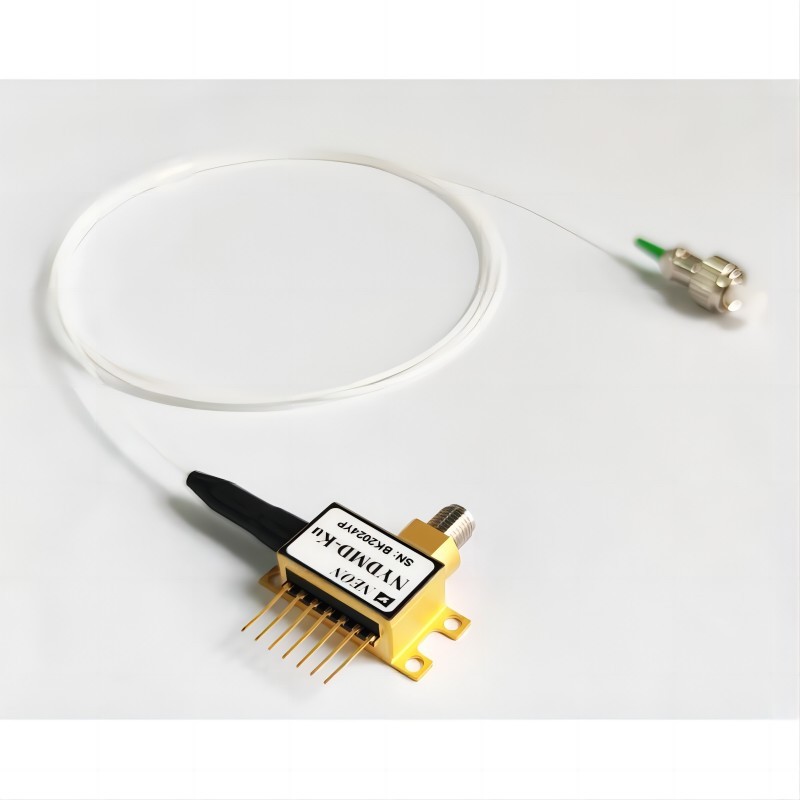Distributed Feedback Lasers: Types, Features, and Uses
Distributed feedback lasers (DFB lasers) have revolutionized the field of photonics, enabling a wide range of applications from optical communications to spectroscopy. By incorporating a periodic grating structure within the laser cavity, DFB lasers achieve highly stable, single-mode operation, making them invaluable tools for various technological advancements.
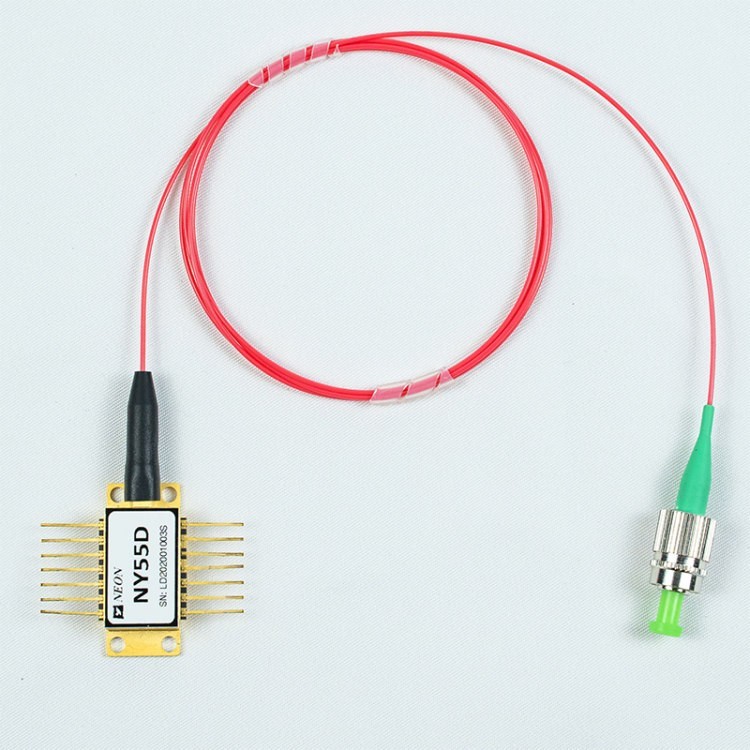
What are DFB Lasers?
At its core, a laser is a device that emits light through the process of stimulated emission. Three primary components are essential for this process:
- Active Medium: A material that amplifies light when excited by an external energy source.
- Pump Source: Provides the energy to excite the active medium.
- Optical Cavity: Contains mirrors or reflective structures that reinforce the emitted light, encouraging it to oscillate and form a coherent beam.
This setup ensures the emission of light with a high degree of coherence, intensity, and directionality, which are the hallmarks of laser operation.
DFB Laser Structure
What sets DFB lasers apart is their unique incorporation of a periodic grating structure within the active region of the laser cavity. This grating selectively reflects light at specific wavelengths while suppressing others. By reinforcing a single mode and eliminating competing modes, DFB lasers achieve single-mode operation with exceptional stability. This characteristic is crucial for applications requiring high spectral purity and precision.
What are the Types of DFB Lasers?
1. Distributed Feedback (DFB) Lasers
The most common type of DFB laser features a grating etched along the entire length of the active region. This grating ensures precise wavelength selection and feedback.
Advantages:
- Narrow Linewidth: The emitted light has an exceptionally narrow spectral width, ideal for applications requiring high precision.
- High Side-Mode Suppression Ratio (SMSR): The grating effectively eliminates unwanted modes, resulting in a clean spectral output.
- Stable Single-Mode Operation: This ensures consistent and reliable performance in demanding environments.
Disadvantages:
- Complex Fabrication: Creating the periodic grating requires precise control, increasing production complexity and cost.
- Temperature and Current Sensitivity: Variations in these parameters can cause wavelength shifts or mode hopping, affecting performance.
2. Distributed Bragg Reflector (DBR) Lasers
DBR lasers use two Bragg reflectors at the ends of the cavity, providing feedback and wavelength selectivity.
Advantages:
- Wide Tuning Range: By adjusting current or temperature, DBR lasers can be tuned across a broad wavelength range.
- High Output Power: These lasers often deliver higher power compared to DFB lasers.
- Robust Stability: Their design ensures good operational stability.
Disadvantages:
- Fabrication Complexity: Like DFB lasers, DBR lasers require intricate manufacturing processes.
- Potential for Mode Hopping: During tuning, mode hopping can occur, potentially disrupting the desired operation.
3. Quantum Cascade Lasers (QCLs)
QCLs operate based on intersubband transitions within quantum wells, offering a unique approach to laser design. These lasers can also incorporate DFB configurations for single-mode operation.
Advantages:
- High Power Output: Their ability to generate significant power makes them suitable for demanding applications.
- Wide Wavelength Range: QCLs can emit light across wavelengths ranging from mid-infrared to terahertz frequencies.
- Room-Temperature Operation: Certain designs eliminate the need for cryogenic cooling, simplifying deployment.
Disadvantages:
- Fabrication Challenges: Precise control over quantum well structures increases production complexity.
- Limited Modulation Bandwidth: QCLs typically have lower modulation speeds compared to other lasers.
4. Vertical-Cavity Surface-Emitting Lasers (VCSELs)
Unlike edge-emitting lasers, VCSELs emit light perpendicular to the wafer surface. They can integrate DFB-like gratings within their cavities.
Advantages:
- Low Threshold Current: Their efficiency makes them ideal for energy-conscious applications.
- High Modulation Speed: Suitable for high-data-rate communications.
- Array Fabrication Capability: They can be produced in two-dimensional arrays for parallel optical interconnects.
Disadvantages:
- Limited Output Power: VCSELs generally produce less power compared to other laser types.
- Temperature Sensitivity: Performance can degrade under temperature fluctuations.
Comparison of DFB Laser Types
The following table highlights key performance characteristics of various DFB laser types, providing a comparative view of their strengths and limitations. These metrics help in determining the most suitable laser type for specific applications:
| Type | Linewidth | SMSR | Tuning Range | Output Power | Modulation Speed | Fabrication Complexity |
| DFB | Narrow | High | Limited | Moderate | Moderate | High |
| DBR | Moderate | High | Wide | High | Moderate | High |
| QCL | Moderate | High | Wide | High | Low | Very High |
| VCSEL | Moderate | Moderate | Limited | Low to Moderate | High | Moderate |
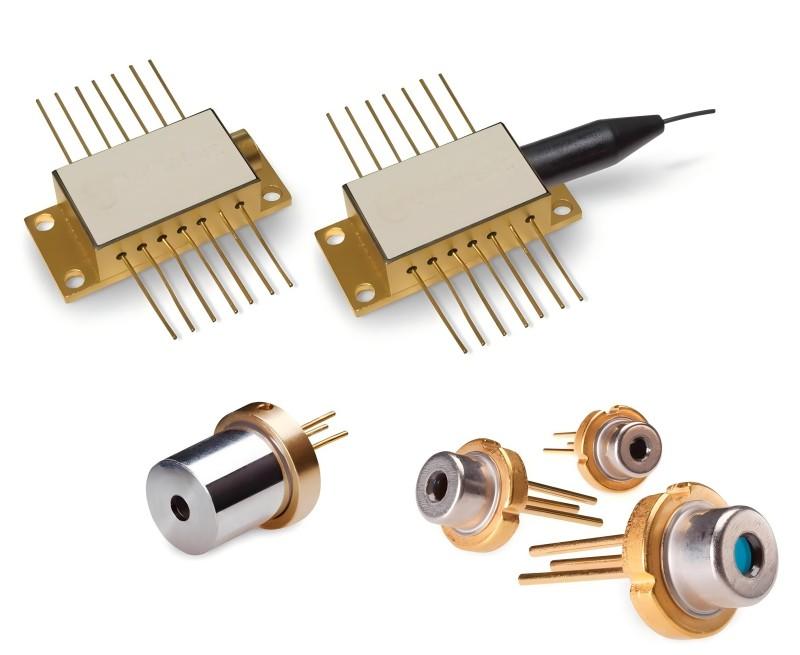
Applications of DFB Lasers
The unique properties of DFB lasers have made them indispensable in a wide range of applications:
Optical Communications:
- Long-Haul Transmission: DFB lasers with narrow linewidths and high output powers are used in long-haul fiber-optic communication systems to minimize dispersion and maximize transmission distances.
- Short-Haul Transmission: DFB lasers with high modulation speeds are used in short-haul links, such as data centers and local area networks.
- Wireless Communication: DFB lasers are used in optical wireless communication systems, providing high-speed, secure, and interference-free data transmission.
Sensing:
- Gas Sensing: DFB lasers can be used to detect specific gases by measuring the absorption of light at specific wavelengths.
- Biomedical Sensing: DFB lasers are employed in various biomedical sensing applications, such as glucose monitoring and tissue spectroscopy.
- Environmental Monitoring: DFB lasers can be used to monitor environmental pollutants, such as nitrogen dioxide and carbon monoxide.
Spectroscopy:
- Laser Spectroscopy: DFB lasers are used in various spectroscopic techniques, including absorption spectroscopy, fluorescence spectroscopy, and Raman spectroscopy.
- Frequency Comb Generation: DFB lasers can be used to generate frequency combs, which are precise frequency references for spectroscopic measurements.
Laser Ranging and Lidar:
- Rangefinding: DFB lasers with high pulse energy and narrow linewidth are used in laser rangefinders for precise distance measurements.
- Lidar: DFB lasers are used in lidar systems for remote sensing applications, such as atmospheric monitoring and autonomous vehicle navigation.
Laser Cutting and Material Processing:
- Precision Cutting: DFB lasers can be used for precise cutting of materials, such as metals and plastics.
- Material Processing: DFB lasers are used in various material processing applications, such as drilling, marking, and welding.
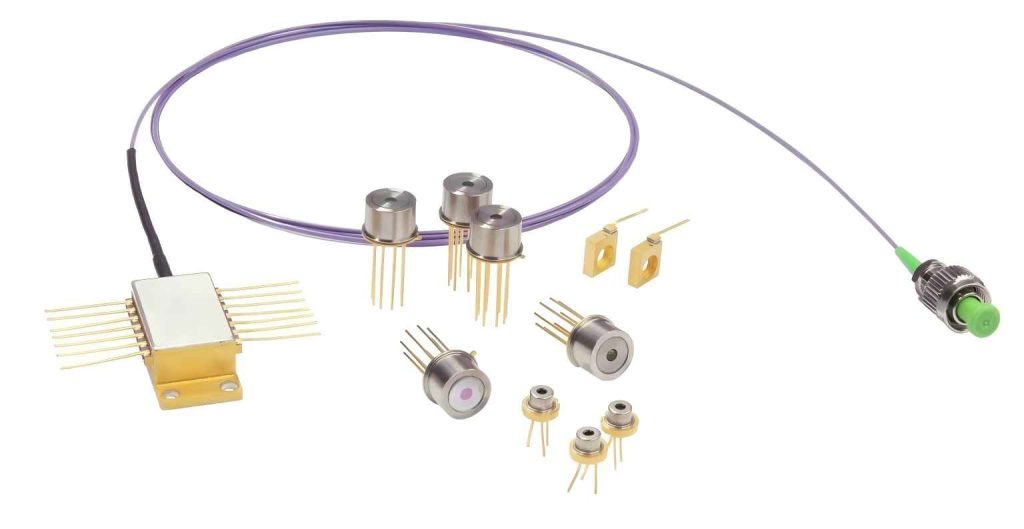
Final Thoughts
DFB lasers have become essential components in a wide range of technological applications. Their unique properties, such as narrow linewidth, high spectral purity, and single-mode operation, make them invaluable tools for scientists, engineers, and researchers. Despite challenges such as complex fabrication and sensitivity to environmental changes, their advantages far outweigh these drawbacks.
As photonic technology continues to advance, the demand for high-performance lasers like DFB lasers will only grow. Researchers and engineers are poised to unlock even greater potential, ensuring that these devices remain integral to future technological breakthroughs. Whether enabling faster communication, more precise sensing, or advanced manufacturing processes, DFB lasers will continue to illuminate the path forward in photonics.


